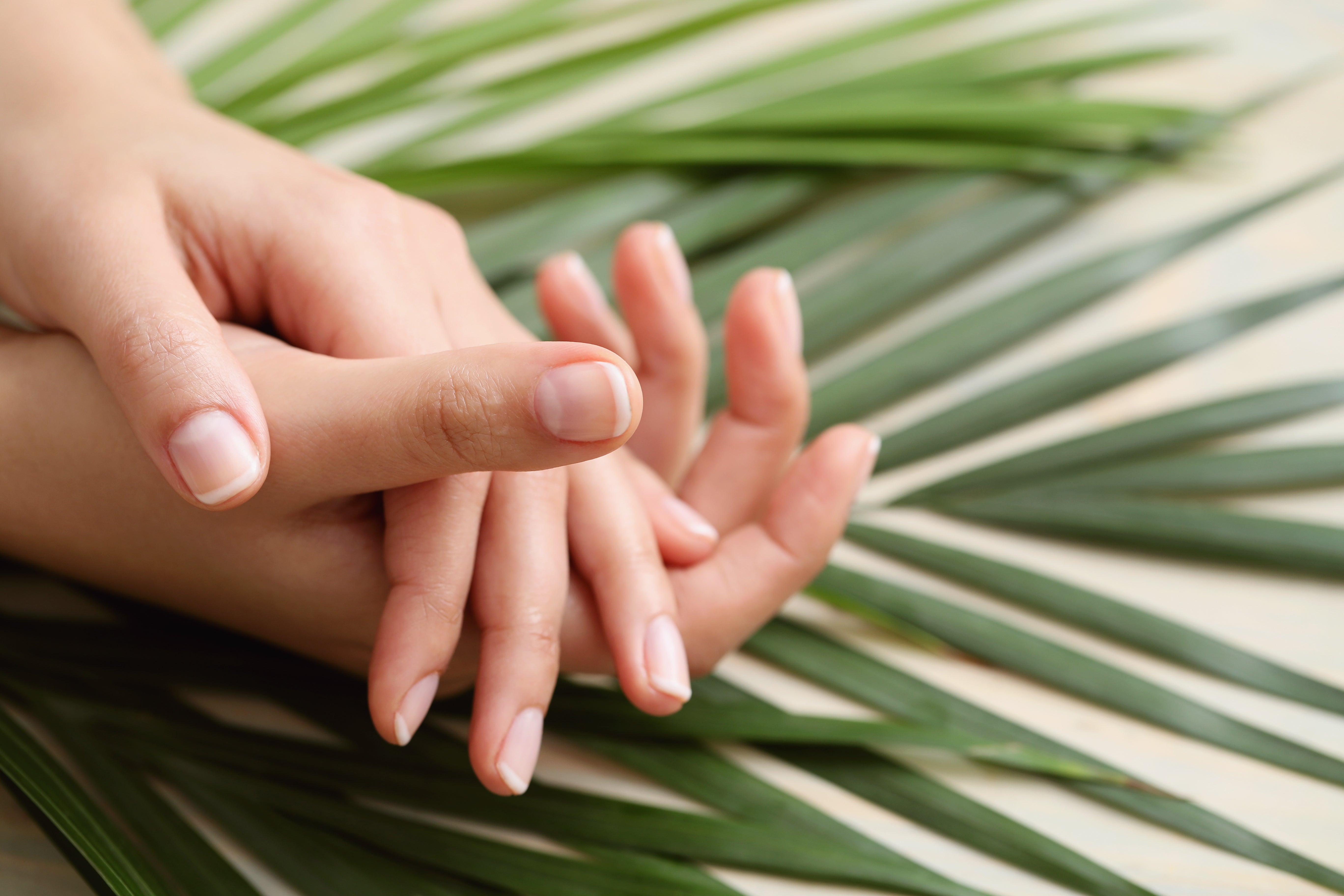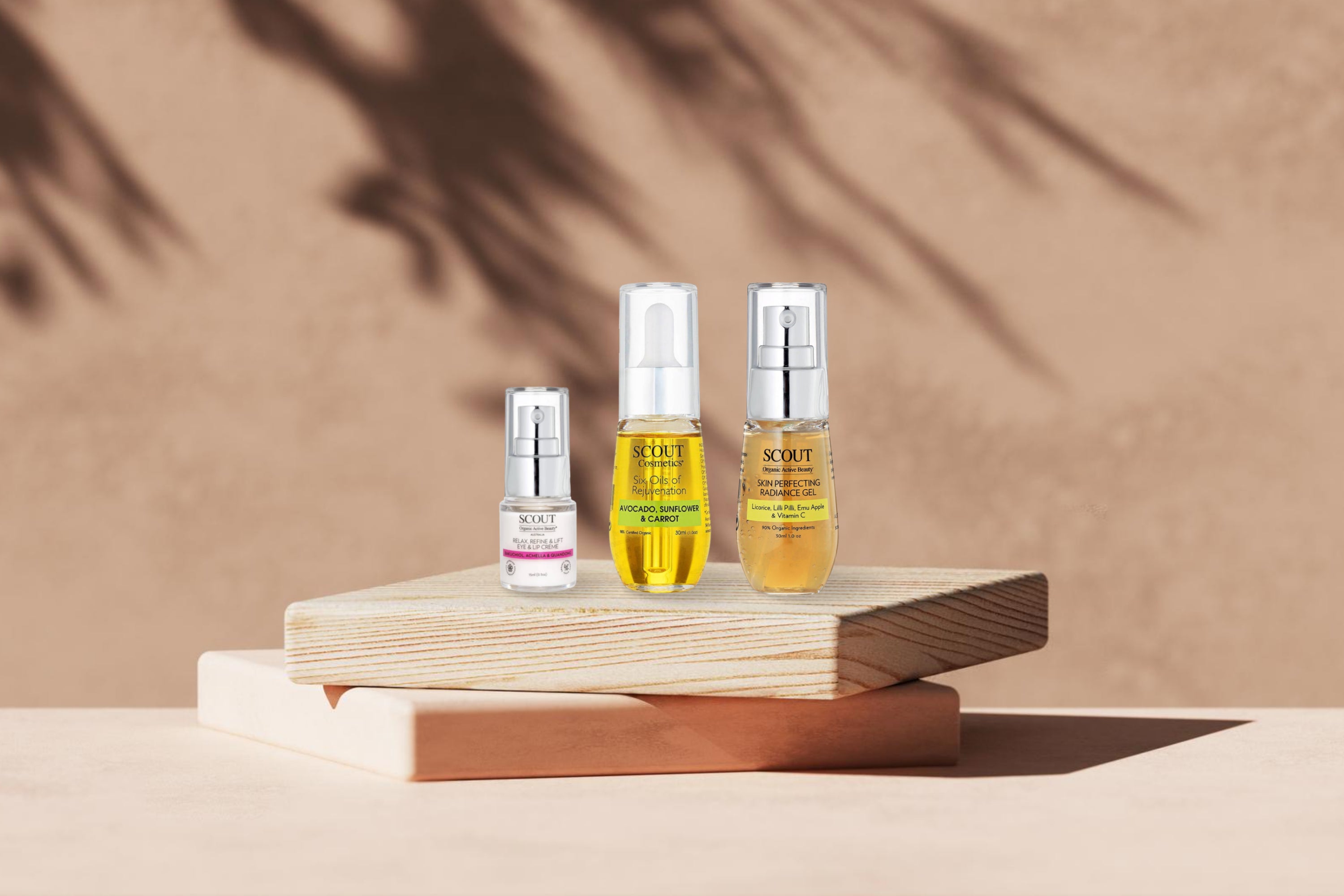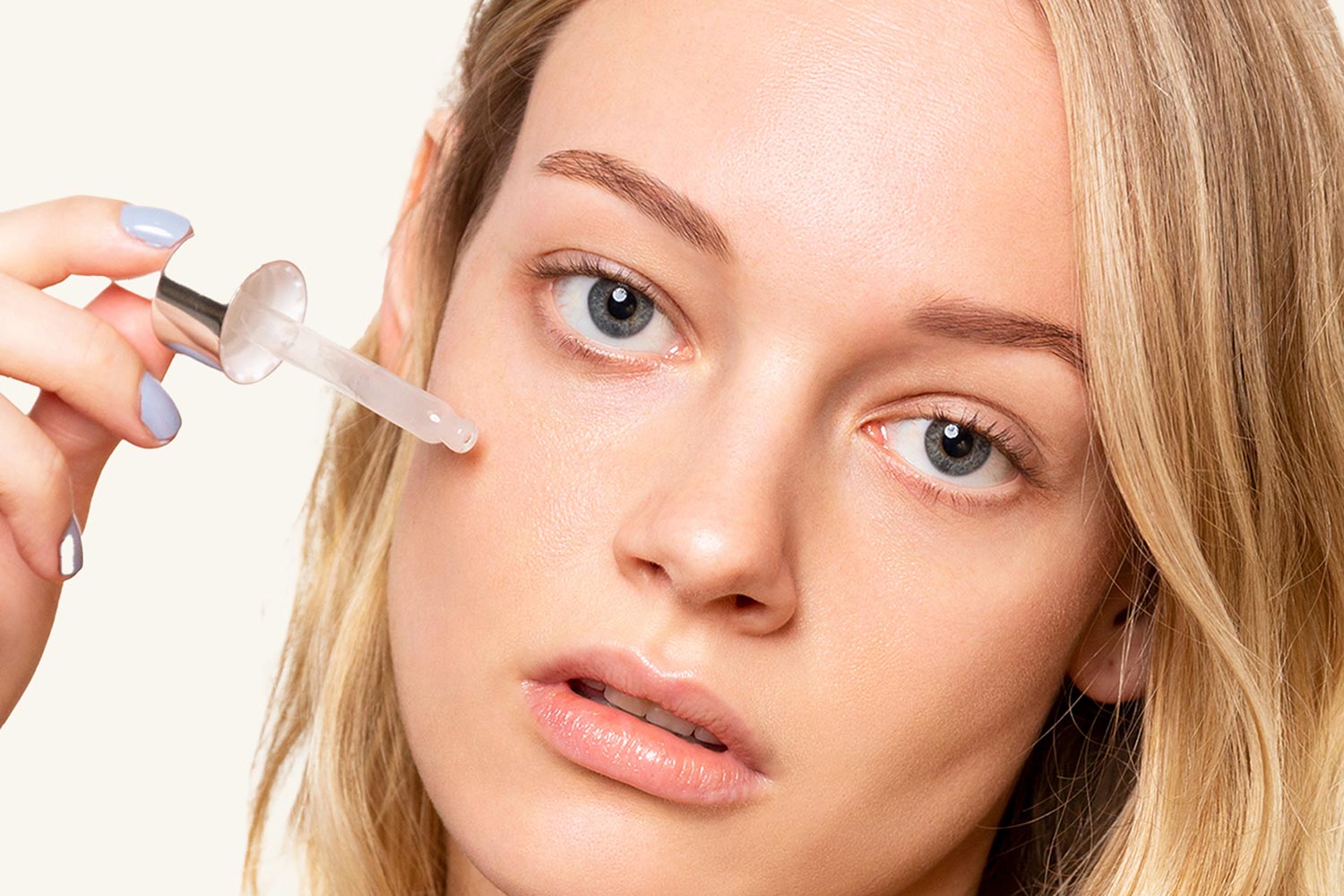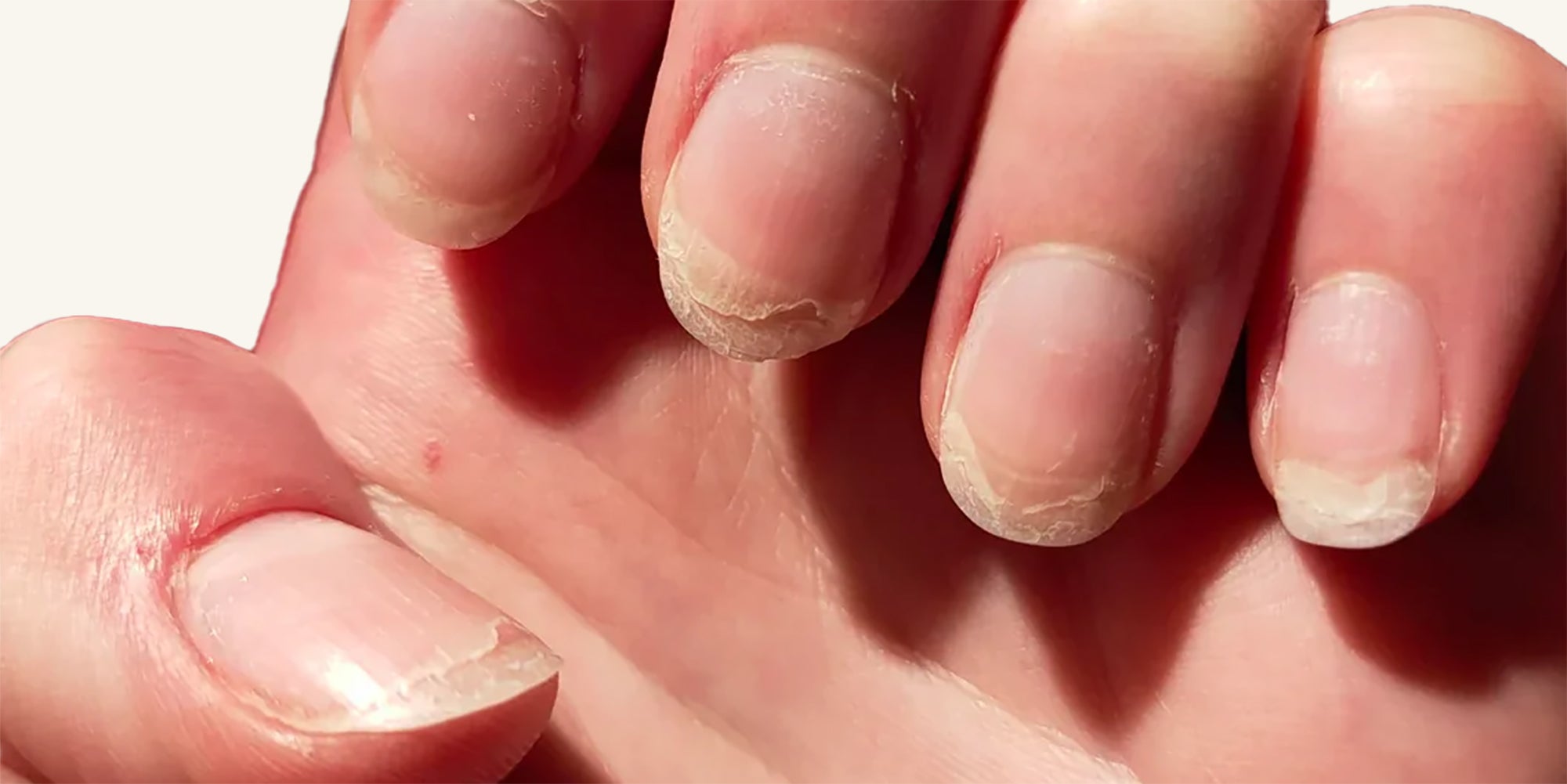
Do Nails Need to Breathe Between Manicures?
Beautiful, glossy nails are a definite confidence booster for many women and with the endless choice of colours, the sky's the limit for creativity!
If you get your nails done regularly at a salon or at home, you've probably heard the advice to "let your nails breathe" between manicures.
But is that actually true, do nails...breathe and do nails need a break from polish?
Keep reading to find out!
Do Nails Breathe?
While the intentions of advising to let the nail breathe are well and make sense in a way, the nails don't have lungs, so they don't technically breathe.
The nail plate that comes out of the cuticle is a dead, hardened layer and it's alive only underneath it in an area called nail matrix. In that sense, nails are just like hair.
Nails are made from keratin, a type of protein that forms the cells that make up the tissue in nails. All the nutrients for the nails come from your bloodstream and not the air or anything from the environment.
So is Wearing Nail Polish all the Time Okay?
If you're using traditional nail polish, no. Some traditional nail polishes contain toxic ingredients such as toluene and formaldehyde. These are harmful not just to the nails but to your health overall.
Nail polish with these harmful chemicals can penetrate the layers of the nail's keratin and the nails start yellowing, chipping and flaking.
Besides toxic nail polish, another harmful part of traditional manicures is the polish removal process. It's a double whammy!
Traditional nail polish removers contain solvents like acetone and ethyl acetate that dry out the nails, cause peeling, breakage, brittleness. And acetone "baths" for removing gel manicures are especially harmful.
Some of the Ways Toxic Nail Polish and Removers Damage Your Nails:
- Nail polish and acetone dry out the nails, cause cracks, peeling and ridging. It not only looks bad but also weakens the nails, and they become more likely to be affected by fungal and bacterial infections.
- When used too often, traditional nail polish and remover can cause keratin granulation, a condition when nails develop rough, white patches. It happens because the superficial layers of nail cells are removed along with the nail polish.
- Nail discolouration is one of the most common issues, and it occurs when nail polish penetrates and stains deeper layers of keratin in your nail.
Breathable Nail Polish
While nails do not breathe, the nail plate is porous. So when you see "breathable" (or permeable) nail polish, it does not mean it allows the nail to breathe,it actually means that it lets water and oxygen pass through the polish to reach the nail surface.
That way, moisture travels through the nail polish layer, which protects your manicure from getting waterlogged when showering, washing the dishes, or swimming. Longer lasting nail polish is a definite win! But breathable nail polish is definitely healthier because it doesn't contain all the nasty toxic ingredients, ergo doesn't cause flaking, chipping or discolouration. These types of products are also often enriched with various oils and other nourishing ingredients.
A coat of permeable nail polish also helps keep the nail cells stuck together, making them less prone to splitting and peeling.
So, is it Bad to Wear Nail Polish all the Time?
Toxic nail polish and nail polish remover may cause nails to develop ridges, splits, discolouration, which means you need to take a break and change your products to healthier ones.
How long should you let your nails breathe between polish depends on the product you use and the condition of your nails. If you notice that they're not smooth, lost their colour and became weak, take a 3-4 week break.
However, if your nails are in extremely bad condition, take a few months off and then transition to non-toxic products that protect the nails and prevent breaking, chipping, discolouration etc.
If you wear breathable nail polish, you generally don't have to worry about taking breaks and can go ahead and wear different colours every week if you wish to! That's one of the many advantages of non-toxic nail polish.
Non-Toxic Nail Care
SCOUT Breathable Super Food Infused Nova Flores Nail Collection and nourishing Dual Top & Base Hardener feature a unique blend of high performance active and organic ingredients to help stimulate nail growth and repair damage.
The products are enriched with organic superfood ingredients and the non-toxic formula helps stimulate nail growth with a long-lasting smooth nail finish. No discolouration or chipping here!
The 82% plant-based formula delivers impressive nutrients to the nail, boosts resiliency against chips and scratches, and provides long-term shine. Camellia Seed Oil imparts nourishment and hydration to the skin and cuticles.
We also strongly recommend ditching the harmful acetone nail polish removers and switching to a non-toxic one like SCOUT Nail Polish Remover with Kiwi Fruit, Rose Water & Aloe Vera. It effectively removes nail polish, strengthens the nails, is odourless, acetone and acetate free.
Between Manicures
When you're between your manicures, there are some things you can do to care for your nails and bring their shine back.
- Don't pick or bite on the nails as it can lead to infections and make nails look worse.
- Use gloves when washing dishes and working with water as water is one of the main culprits.
- Use lotion or hand cream a few times a day and every time after washing your hands.
- Swap your old-school nail files that can damage the nails for a glass or crystal nail file.
- Do not use your nails as a tool, such as opening pop cans.
- Trim nails regularly and keep them shorter to minimise the risk of injury or chipping.
- Eat a healthy diet with lots of fruit and veggies and take supplements such as Biotin and B vitamins. Consult your doctor before you do so.
- Keep your cuticles hydrated with oils to prevent dehydration and separation from the nail.








